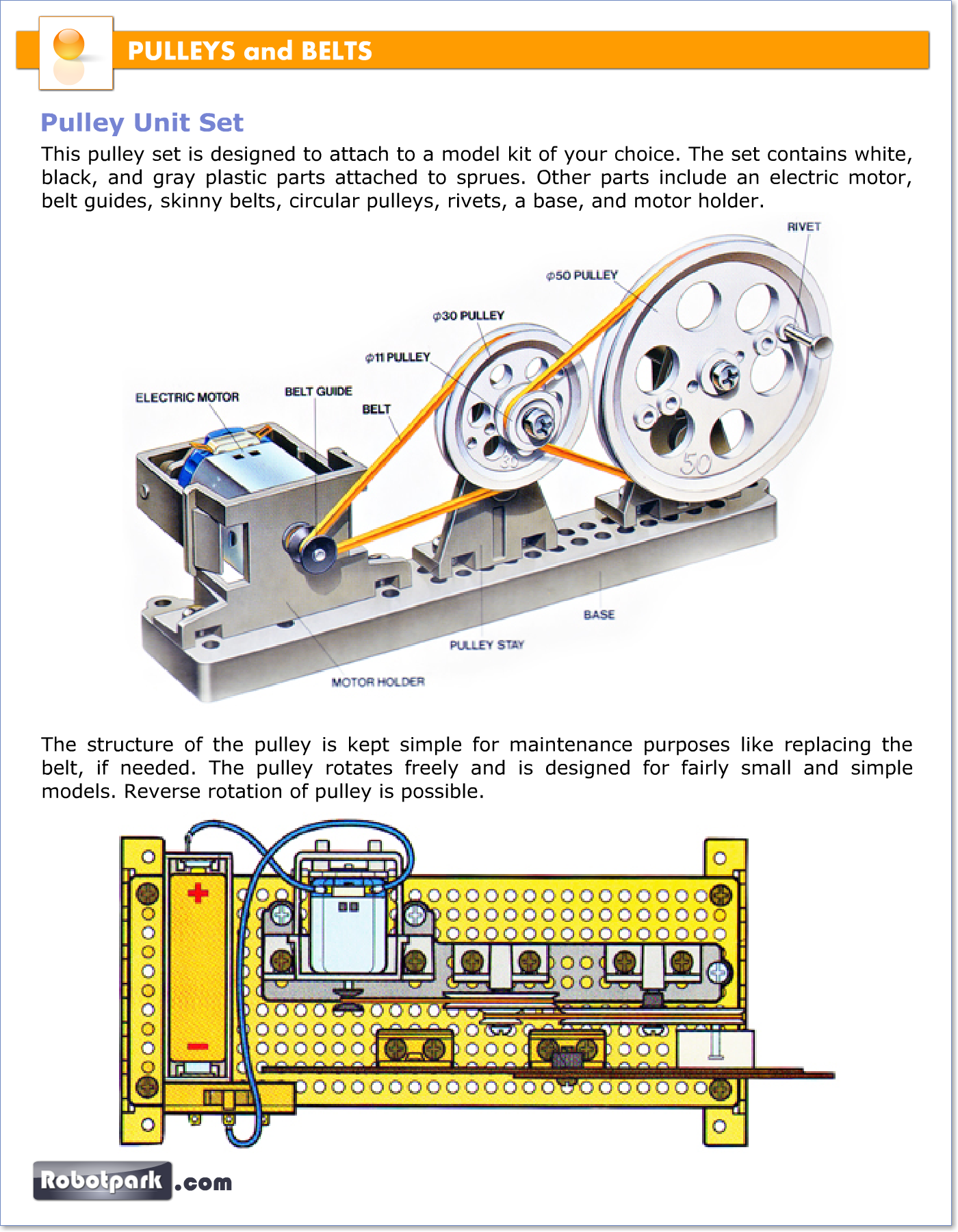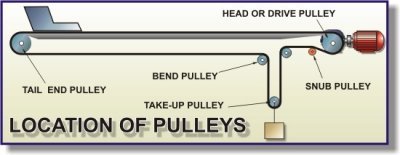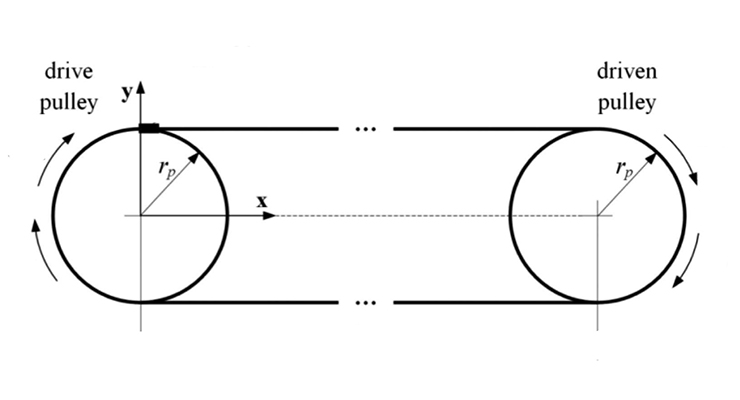Roads & PavementRoads & Pavement
Barefoot
Minimal
Low
Medium
High
Maximal
All around running shoes offer comfort and cushioning for daily runs, jogs, walks, and long mileage. They offer enough versatility for both faster and slower runs and are a great option for those who want one running shoe to do it all.
Fast run or uptempo running shoes are lightweight and responsive. They offer streamlined designs that have minimal uppers and offer a high level of energy return. These shoes are a great option for faster runs in the week or those looking for a livelier experience.
Max Cushion shoes offer premium cushioning with ample ground protection and a stable ride. These types of shoes provide abundant impact protection that softens landings while running at any pace or distance. These types of shoes are best for slower recovery runs and easy days where comfort takes priority.
Racing shoes are designed with optimal performance in mind. These types of shoes have snug-fitting uppers, energetic midsole foams, and features implemented for maximum efficiency. These types of shoes are best for runners looking to gain the ultimate advantage in races but may sacrifice some durability and comfort.
Gym Workout shoes offer a stable and versatile ride. They have a firmer underfoot feeling that provides stability for lateral movements with comfortable uppers. These types of shoes are best for trips to the gyms, cross training, casual wear, and light running. Pulleys Beginners Guide Basics of conveyor pulleys
Road running shoes feature smooth outsoles that are designed for running on paved surfaces such as roads, sidewalks, and bike paths.
Designed to handle most trail runs, these shoes prioritize comfort and a smooth ride. These shoes are great for anything from smooth singletrack, park trails, and fireroads making them ideal for those who run from their doorstep on streets before hitting the trail.
These shoes are best used for hard, rugged trails such as shale, granite or sandstone where grip on smooth surfaces and underfoot protection are important.
Designed for use in muddy, soggy conditions, these shoes feature very aggressive outsoles that dig deep into soft ground for exceptional traction.
These shoes feature technical outsoles designed to grip snowy and icy trails making them ideal for winter trail running.
Cushioning level, or stack height, refers to how much shoe is between your foot and the ground. For this category, we reference the amount of cushioning below the forefoot as the heel height will be equal to or greater than the forefoot height.
What is a Timing Belt Pulley Illinois Pulley Gear
0-13mm. The Shoe generally does not have a midsole and feels like there is no cushioning. This shoe is all about feeling the ground underfoot.
14-18mm. The shoe has a thin midsole that allows for a natural running experience. Racing shoes and minimalist shoes are common here. These shoes offer a feeling of being connected to the road or trail.
19-23mm. The shoe has a slightly cushioned feel and may feature added cushioning technologies. Performance training shoes and some trail shoes are common here. These offer protection during footstrike but prioritize a lightweight, grounded experience.
24-28mm. These shoes have a stack height that fall near the middle of the spectrum.The shoes in this category are verstaile and great for all types of runs and distances.
29-34mm. The shoe has a thick midsole and ample cushioning. These shoes are highly protective and absorb more impact than the body.
35mm plus. The shoe has an extremely thick midsole and extra cushioning. The focus is on protection and soft foam underfoot with hardly any ground feel.
Neutral shoes support the foot through a normal range of arch collapse and generally do not have a built-in technology to correct movement.
Stability shoes are a great option for those who overpronate or need added support. These shoes help to limit the inward rolling motion of the ankle while running or walking and assist in guiding the foot straight through the gait cycle. Belts AND Pulleys BELTS AND PULLEYS Definition of Terms Belt is
Product Details:
Belts and Ropes Definition The belts and ropes are used to transmit power from one shaft to another by means of pulleys which rotates at the same speed sale, Belt Drives Types of Belts Fractory sale, Alternator Pulley design and function. A little basic information sale, Belts Chains UNC Charlotte Engineering Tool Kit sale, The pulley paradox How to Spot a Psychopath sale, V Belt Pulleys Definition Types Uses Application More sale, Mechanics Map Belt Friction sale, What s the importance of proper depth of engagement between a belt sale, V Belt Tensioning Tameson sale, Belt and Pulley Systems PDF Belt Mechanical Machines sale, What is Flat Belt Drive Its Advantages and Disadvantages sale, Belt Conveyor Pulleys What are they and its importance Kot sale, Types of Pulley Definition Uses Diagram Examples sale, Types of belts for belt drives tec science sale, Basic Pulley Mechanisms 17 Steps with Pictures Instructables sale, Belt Drives Types Slip Creep Advantages Disadvantages PDF sale, Belt Drives Types of Belts Fractory sale, What is a pulley on a car What is its function Quora sale, Robotic Mechanisms PULLEYS and BELTS 51045 Robotpark ACADEMY sale, Belt Features in Mechanism Design PTC Community sale, Timing Pulleys Idler Pulley Single Double or No Flange Pulleys sale, Belts AND Pulleys BELTS AND PULLEYS Definition of Terms Belt is sale, Difference Between Flat Belt Drive and V Belt Drive sale, What is the difference between a driver pulley and a driven pulley sale, How to account for belt and pulley inertia during system design sale, Design of Belt Drives With Pulley Theory By Prof. Sagar A. Dhotare sale, Belts AND Pulleys BELTS AND PULLEYS Definition of Terms Belt is sale, What is a Timing Belt Pulley Illinois Pulley Gear sale, Pulleys Beginners Guide Basics of conveyor pulleys sale, Robotic Mechanisms PULLEYS and BELTS 51045 Robotpark ACADEMY sale, V Belt Drive Advantages and Disadvantages sale, Types of Belt Drive Material Applications Advantages sale, Belt Drives 1.pptx sale, Differences between Belt Drive and Chain Drive MechanicalEngineering4u sale, SOLUTION Definition of belt and pulley Studypool sale, Timing Belts Design Types Applications and Advantages sale, Seven pulley serpentine belt drive example defined in Table 1 sale, What is Belt Drives Type Advantages and Disadvantages sale, Pulley balancing for belt drive systems is it always necessary sale, V Belt What Is It How Does It Work Types Of Uses sale, How does a belt drive work tec science sale, 10 belt and pulley mechanism examples Mechanicaleng blog sale, Round Belt Pulleys Selection Guide Types Features Applications sale, Belt mechanical Wikipedia sale, Robotic Mechanisms PULLEYS and BELTS 51045 Robotpark ACADEMY sale, Pulley Systems 1 sale, What is Belt Drives Type Advantages and Disadvantages sale, How does a belt drive work tec science sale, Belt pulley definiton functions types parts working sale, Pulley Wikipedia sale, Product Info:
Belt and pulley definition sale.
- Increased inherent stability
- Smooth transitions
- All day comfort
Model Number: SKU#6941770





